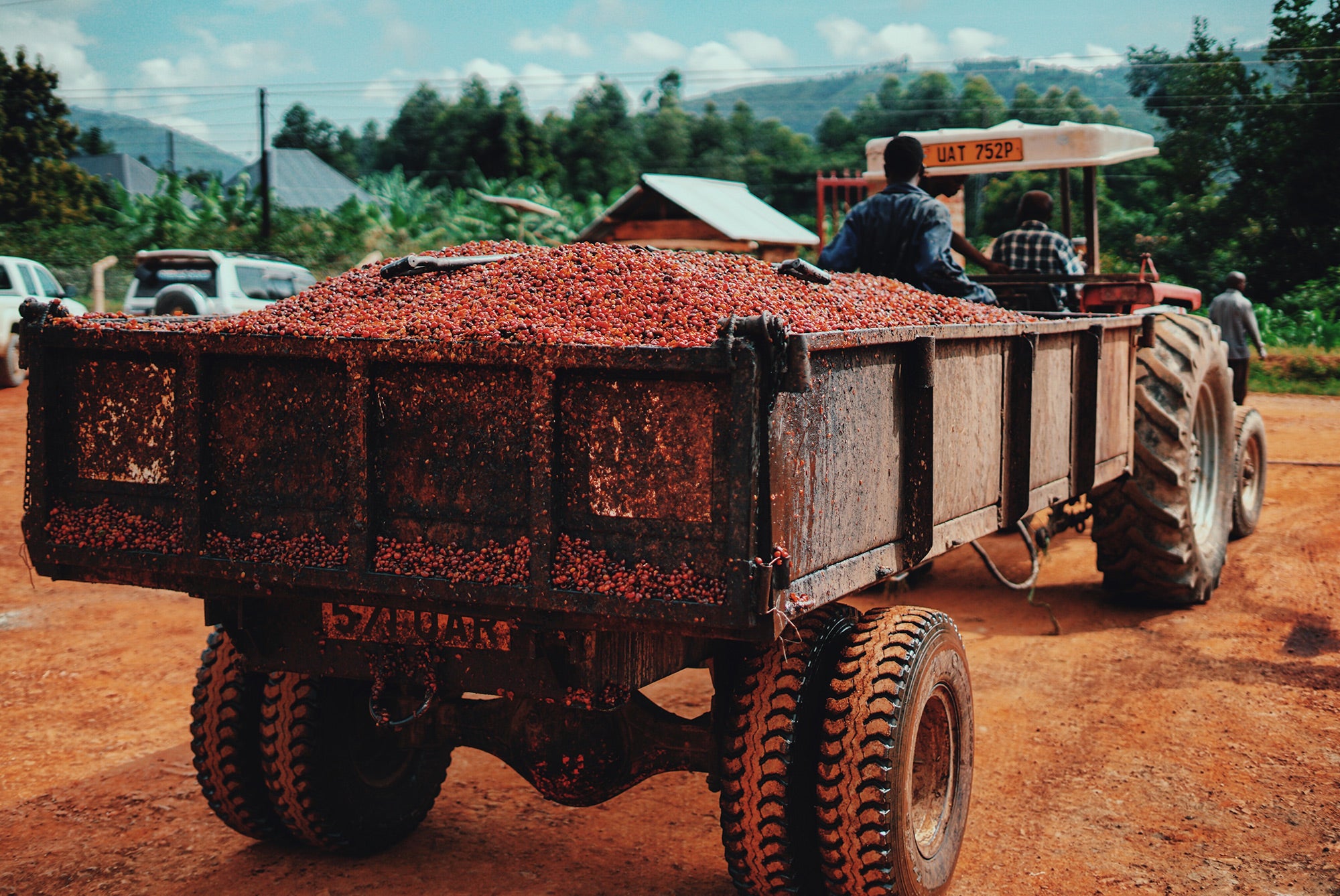
Arabica vs. Robusta Coffee
It's likely that you've noticed the words 'Arabica' and 'Robusta' when you've ordered a brew at your local coffee shop or bought a bag of coffee to take home with you. It's always surprising how few people actually realise the potential of these two varieties, or what the two words connote. This post will aim to unpack what each of these words mean, and why we think you should be aiming to drink Arabica coffee.
One of the main differences between Arabica and Robusta beans is their tastes. Arabica coffee is considered to have a more desirable flavour because of its higher sugar content and its pleasant smoothness. As these sugars caramelise in the roaster, the natural flavours of the beans are accentuated, ready to be brewed into deliciously nuanced coffee. On the other hand, Robusta coffee is renowned for being less refined and very bitter to the point of almost being unpalatable. This is because Robusta contains up to 60% more caffeine (a very bitter chemical) than Arabica beans. Despite this unappealing feature, Robusta coffee is frequently used alongside Arabica in espresso blends because some argue that it produces a better crema than Arabica. Some roasteries also blend a mixture of the two beans to bring down the overall cost of the coffee whilst still retaining some of the sweetness and the higher quality that is brought with the Arabica bean. Observing that a coffee you're purchasing is made from 100% Arabica coffee is therefore important and an excellent indicator of quality and true value for money.
The increased levels of caffeine in Robusta beans is a self-defensive characteristic which is adopted by the plant to fend off pests and disease such as leaf rusts and fungui. This means that with its lower caffeine content, Arabica is a far more susceptible and vulnerable crop. Furthermore, in terms of topography, Arabica coffee likes to grow at higher altitudes with lower temperatures and less rainfall. In order for this crop to flourish and thrive, rainfall needs to occur at specific times in the year, during the cherry development and flowering, but no later than when the beans are harvested, as this is when they must be processed and then dried by the farmers.
Although it is said to make up to 60% of the world's coffee production, Arabica coffee ultimately produces a lower yield and is therefore far more difficult to harvest than Robusta. In contrast, Robusta represents around a quarter of the world's commercial coffee production. It grows at heights below 900 meters above sea level, and therefore has a far greater yield. The high maintenance levels and labour-intensive nature of Arabica coffee's harvest means that it is ultimately far more costly to harvest. Speciality grade Arabica coffee that is bought through the 'relationship coffee' model ensures that the farmers who harvest and process the crop at origin are handsomely rewarded for their hard work, at above the Fair Trade price. Sourcing coffee in this way makes coffee production a good livelihood for many people living in some of the world's poorest economies. Investing in coffee of this quality can really make a difference in these parts of the world.



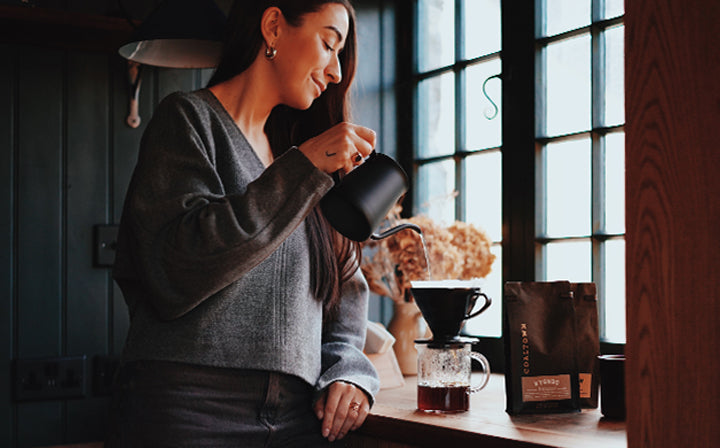
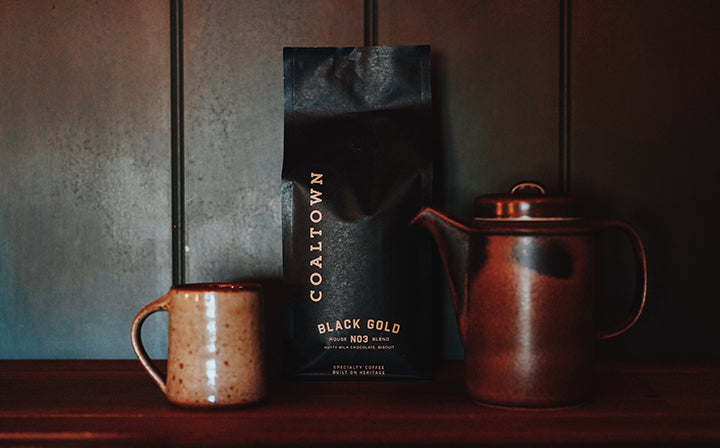
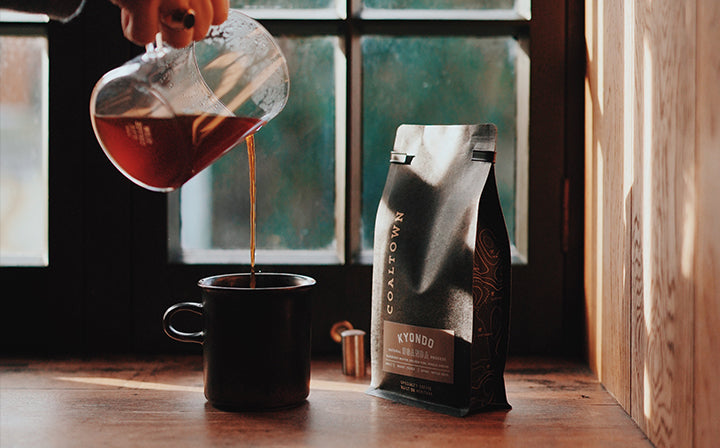
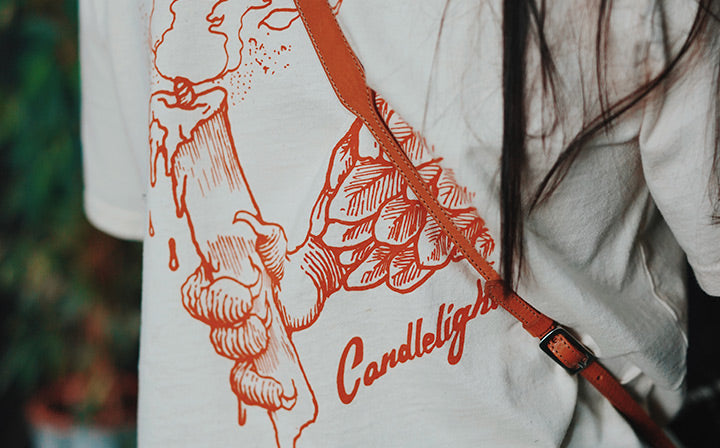
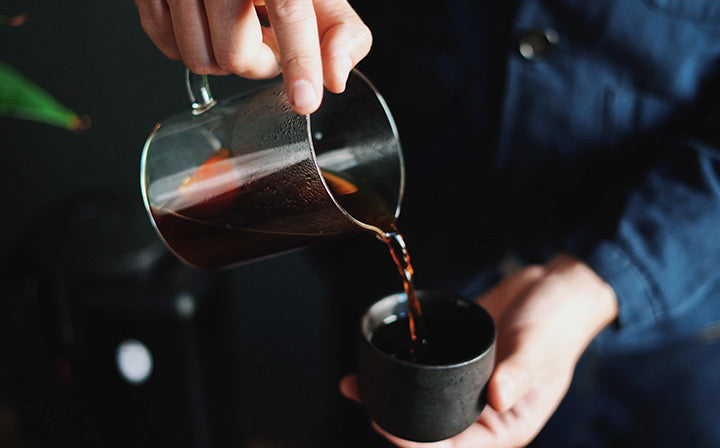
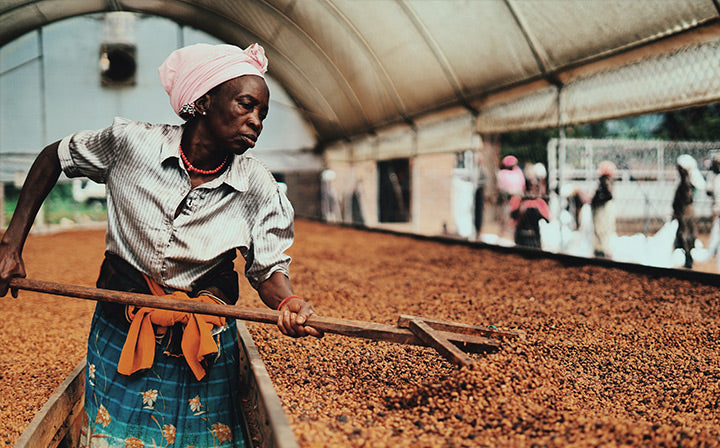
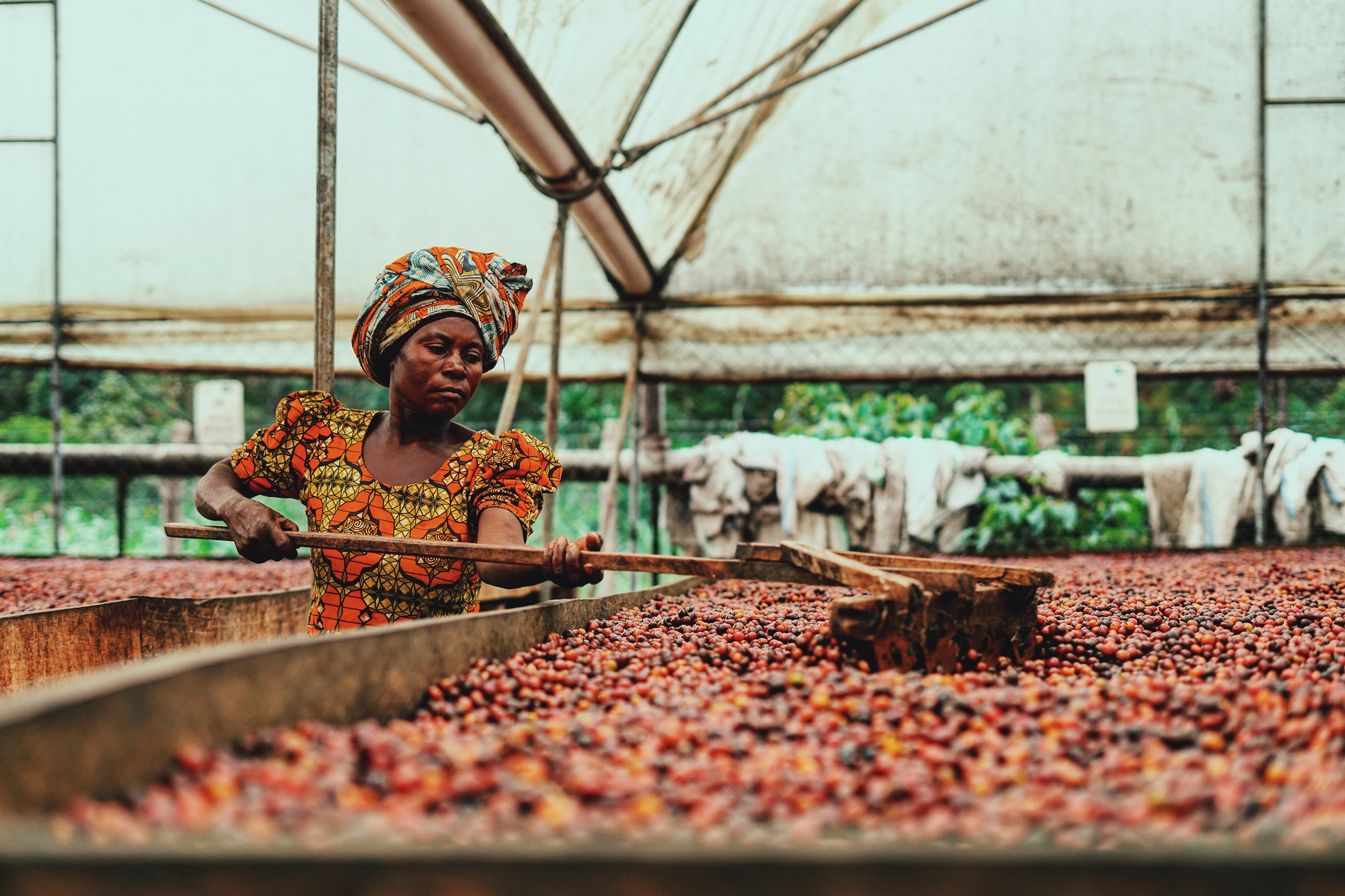
1 comment
Great info.
Tim
Leave a comment
This site is protected by reCAPTCHA and the Google Privacy Policy and Terms of Service apply.